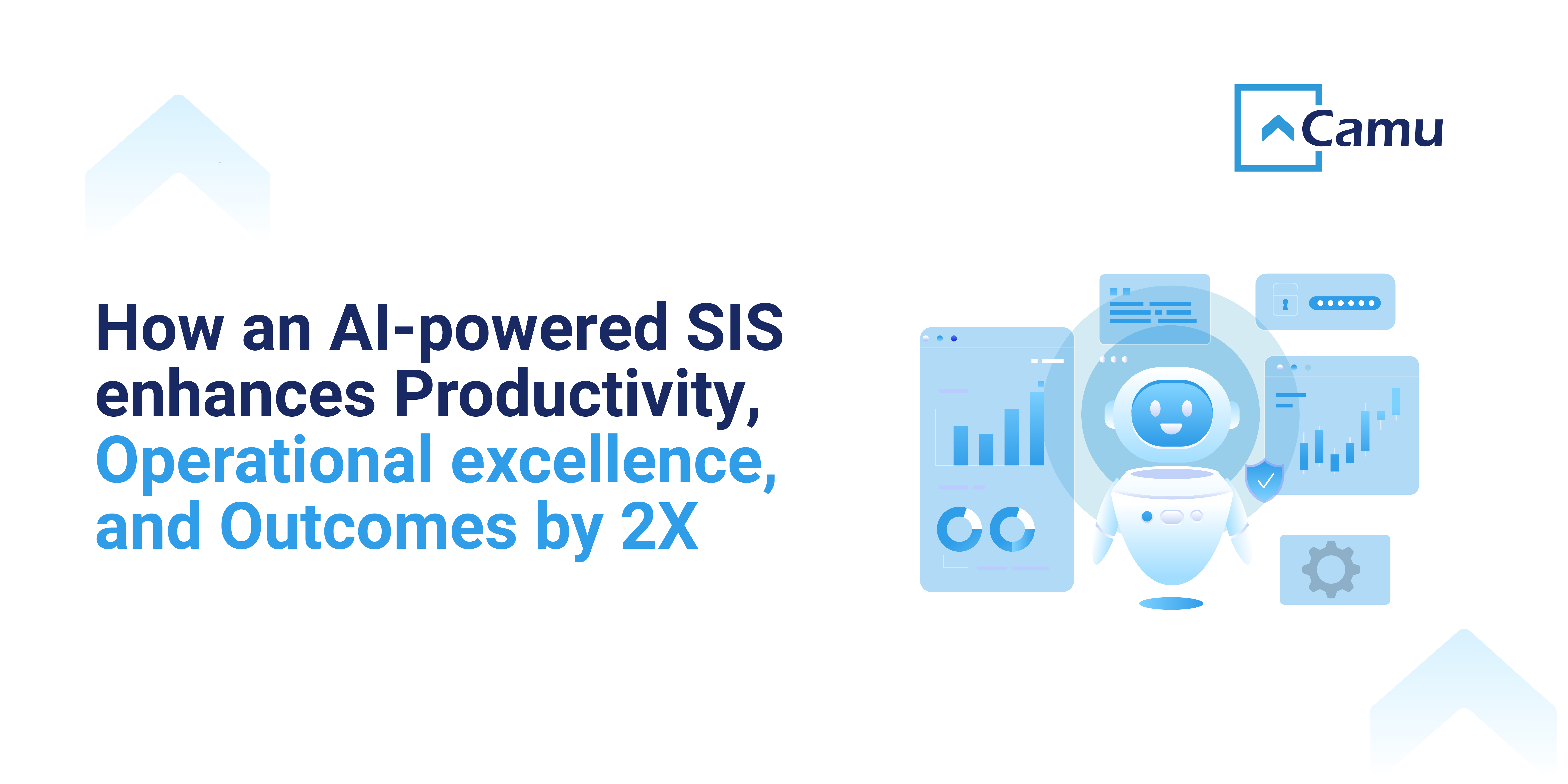The expectations of all parties involved in the education programme are not met by the conventional peer group structure. The rigid system fails on many fronts at the input level even if it attempts to achieve parity in output. The necessity for creative teaching methods is driven by the dynamic management environment.
The choice-based credit system (CBCS), which enables students to tailor the curriculum to meet their needs, is progressively gaining favor in higher education institutions. Once CBCS for higher education is implemented, students can choose the courses they want to take, the level of difficulty—from a basic concept-based course to an advanced level course—the order in which they should be taken, and even the professors who will teach them.
What is the Choice-Based Credit System (CBCS)?
A student-centred educational paradigm, popularly referred to as Choice Based Credit System (CBCS), provides students with a fantastic opportunity to learn courses & subjects of their choice - core, optional, open or global electives, & skill-based courses. The CBCS grading scheme differs from the conventional educational model in that it is based on the number of credits earned each semester or term. Gives students or knowledge seekers the flexibility to select their courses from a range of elective, core, and soft skill courses, providing a convenient and effective teaching-learning platform.
Grading systems are frequently used to evaluate the courses; these systems are thought to be superior to conventional marking systems. The traditional higher education system didn't give students a lot of options. The instructional materials for the course were outdated, redundant, and preset. The traditional segregated courses lacked current applicability, making it difficult for students to utilize their knowledge base later in their work environment, business, or life.
Why CBCS is a Differentiator
The Choice-Based Credit System for higher education or CBCS for higher education follows a semester-by-semester structure, with even and odd semesters adding up to an academic year. The CBCS uses a grading and evaluation system to map student performance rather than assigning grades in terms of percentages. It adheres to a credit system that is connected to the course materials made available to students. This not only creates possibilities for learning but also makes learning goals and objectives evident. A credit system for higher education evaluates different factors, including:
Student Performance
The information must be put into the system once the institution has decided on the subjects, credits, pairing, prerequisite courses, etc. for the specific course. Students should be able to choose the subject and instructor that best suits their interests using the system. This method of subject selection will guarantee a student's highest achievement.
Learning Outcomes
Learning outcomes encourage educators and learners to consider total growth as opposed to focusing solely on theoretical topics in the classroom. By giving individuals, the freedom to select courses that match their interests, aspirations, and objectives, the Choice-Based Credit System empowers students to curate their professional development.
Entrepreneurship Skills, Innovation, Contact Hours, Creativity and Talent
The University Grants Commission (UGC) launched the CBCS system, which advances and encourages the educational liberalization of current traditional higher education models.
Key Benefits of CBCS
Bridges the gap between professional and social exposure
Allows interdisciplinary or cross-disciplinary course selection
Offers walk-in/walk-out certification programmers
Supports student mobility through credit transfer
Grading system reduces stigma and boosts institutional flexibility
For Students
Select courses at their own pace and level
Opt for basic or advanced courses
Choose preferred instructors
Key Benefits of CBCS to Faculty
Flexibility in Curriculum Design
Establish Evaluation Criteria
Enhanced Teaching and Learning Process
Reduced Assessment Burden
CBCS has the potential to transform the Indian education system. Supporting it with school software like LMS and SIS adds measurable value.
How Camu Will Aid in the Rollout of CBCS
Camu’s digital campus offers advanced features to simplify the adoption of CBCS. The Student Information System with a Choice-Based Credit System helps manage a student’s academic lifecycle—right from admission to graduation.
Features:
Record and manage registrations and grades
Prevent data loss compared to manual systems
Support flexible assessment schedules
Configure account systems methodically
Generate real-time analytical reports
Provide interactive dashboards
Camu supports both administrative and academic functions seamlessly. It ensures a cloud-based, scalable, and user-friendly approach to education.
Normalization and Relative Grading Explained
Every institution will seek to evaluate students in a manner that is fair, equitable, and based upon their representative performance.
While the concept of Absolute Grading is relevant and easily applicable when assessing a single examination, it becomes increasingly difficult to do so for multiple examinations. This is simply because raw scores may not always be an accurate depiction of a student’s true performance.
Example:
An Engineering student scores 69 on a science paper, 75 on a language paper, and 72 on a mathematics paper. The class averages for each are 45, 70, and 85 respectively. Which is the best score? It’s science – ‘69’ – because the student’s performance is higher relative to the rest of the class.
To make such comparisons, scores need to be converted to a common scale. This is where normalization and relative grading come in.
What is Relative Grading?
Relative grading is a system where student performance is compared with peers, often using a bell curve. Camu enables institutions to generate and iterate bell curves effortlessly.
In this model:
How is Normalization Leveraged?
Normalization adjusts values measured on different scales to a common scale. This ensures fairness regardless of exam duration, faculty, or difficulty.
Camu applies the Z-score formula:
Z = (X - M) / S
Where:
Z = Normalized score
X = Individual raw score
M = Population means
S = Standard deviation
Steps in Camu:
Select ‘Normalization Type’
Choose ‘Normalization Value’
Click ‘Apply Normalization’
View Relative Grading Curve
Summary:
Normalization creates parity across exams
It uses a proven formula for consistency
Camu streamlines the process with automation and reports
For more on this grading system, reach out to hello@octoze.com





